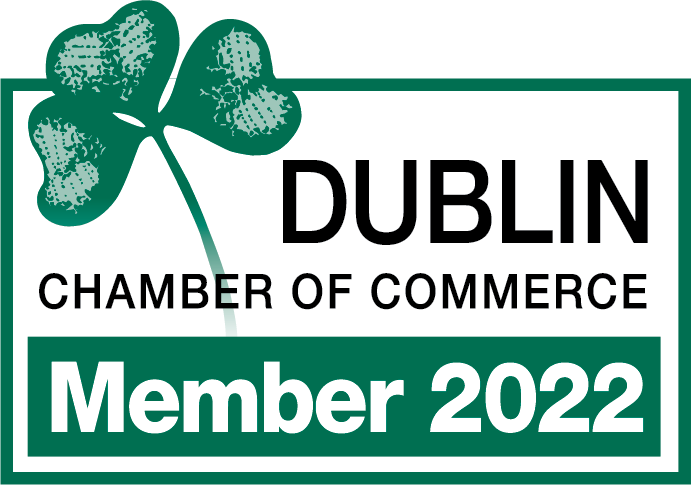Prototypes. They are the key to bringing an idea to life. Prototypes can also be the thing that takes an idea to the next level.
With the stakes so high, you can see why the prototyping market is worth over $2.5 billion. It is projected to be worth up to $15 billion by next decade.
Prototype development is crucial and you need to prioritize certain goals when you reach this stage.
What should the biggest goals for your prototype be? This guide breaks it down.
Know Your Primary Goals
The most important thing when it comes to prototypes is to have specific goals for what you want them to accomplish. You may have visions of making more advanced models down the road but make sure your prototypes can perform basic functions first.
For example, let's say that you wanted to build a car that could drive itself. Well, the main goal when developing a prototype should be that it has no malfunctions doing basic tasks.
That could mean the car just has to drive itself in a straight line. Or, it could mean that the car only has to reach a certain speed.
You do not have to throw the more difficult tasks at a prototype right away. Stick to the primary goals and make sure that it does good enough to move onto the next development stage.
Know Your Limits
As mentioned above, you want your prototype to meet the basic requirements to move forward. You also want to make sure it does not malfunction during a public demonstration.
To meet these goals, it is important to not push your prototype above its limits. While you may have dreams of your prototype pushing boundaries, this is a long term game. What that means is that if this succeeds, you will have a chance to develop it further over time.
For now, you need to keep the idea alive and not push it too far. If you do push it too far, then you risk the idea being shut down and you losing your funding entirely.
Impress the Investors
When it comes to prototypes, the inventor is likely going to need an investor to back the initial funding. However, that inventor is likely going to have to ask for more money from an investor to take it to the next level.
Once that time comes, an inventor is likely going to ask for testing to be done on the prototype. The likely goal here is to make sure that the prototype works as advertised.
This is a crucial stage because in this situation, the inventor is trying to convince the investor that this idea that they already invested in will still work. If the prototype tests go flawlessly, this should reassure confidence for the investor.
Maintain Your Budget
Another critical thing you have to do during product development is maintain your budget. If you fail to stay within your budget, that is going to get your investors to start asking questions. Some may be strapped for additional cash while others are going to wonder where all of the extra money is going.
Prototypes are like a small business where you have to stay within a budget or you risk going under. About 82% of small businesses that fail are due to cashflow problems. In other words, they do not have enough money to continue operating.
What this means is that you have to keep an eye on your expenses every step of the way. Do everything you can to stay under your proposed budget. If you have to go over it, be prepared to come up with a detailed explanation as to why it is justified.
Ask Questions
When you are at the beginning of the prototype development stage, you may be focused on one idea before you bring it to life. However, once you bring it to life and see it in action, it is important to keep asking questions.
One thing you need to be aware of is how safe the prototype is for mainstream use. An example can be building software that is so powerful that it can potentially expose everybody's personal information to the world.
Or, if you are trying to build a self-driving car, you may notice that certain safety features do not work if it is too dark outside.
These are the things that you need to catch before it is too late. Questions like this are also important to keep your product unbiased and realistic.
As an inventor, you could risk developing tunnel vision and want to see a project through despite the safety risks. People too close to the project may ask questions but choose to ignore them because of this bias.
In this situation, it may be a good idea to bring in a neutral observer to take a look at your prototype. Then, they can start to ask critical questions from a fresh perspective.
Meet Your Prototype Development Goals
These are some of the most important prototype development goals that you should have. You need to make sure that you keep your investors happy and have your prototype working as it should during testing.
To do this, you should try to be realistic about what your prototype can do while staying within your budget. If you grow too close to the project, you may need to bring in a neutral observer in to ask critical questions.
Do you want to know more about prototype development? Message us here with your questions.








